- content
Chemicals in our life
-
 general
generalCan we trust the labels on products treated with biocides?
Did you know that many of the products you use are treated with biocides? They can protect against viruses and bacteria, but some of them may be harmful. An EU-wide enforcement project, checking treated articles, has shown that companies need to improve how they are labelled to ensure their safe use.
-
 general
generalAre companies providing the necessary chemical information to keep consumers safe?
To protect European consumers from hazardous chemicals, enforcement authorities have checked more than 1 400 substances to see if companies registered their substances and if they are providing the necessary information to ensure their safe use. In short, companies did pretty well based on this project but there is still room for improvement.
Hints & Tips
-
1 Alternatives to animal testing
Chemicals need to be tested so that they are safe to use. This means that we need scientific information on chemicals to understand how they may affect people and the environment. There are many ways to obtain this data.
-
2 Use your right to ask
If you suspect that a product that you buy may contain chemicals that could be harmful, you have the right to ask for information about them.
-
3 Understand the labels
Warning symbols and specific colours on the labels of products provide information about the damage a particular substance or mixture can cause to your health or to the environment.
Health & Environment
-
-
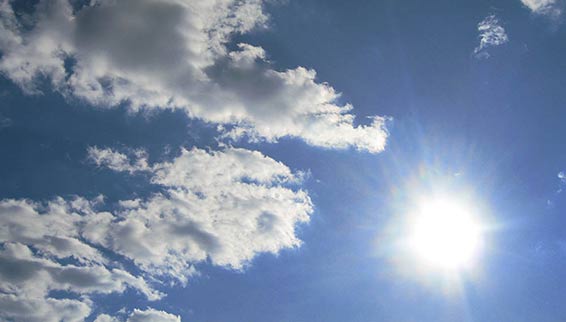
Environment Chemicals and climate change
On a global scale, we are using more energy than ever before, and this is having serious effects on the Earth’s climate. But, while the release of some chemicals into the environment can accelerate climate change, chemicals are also part of the solution.
-
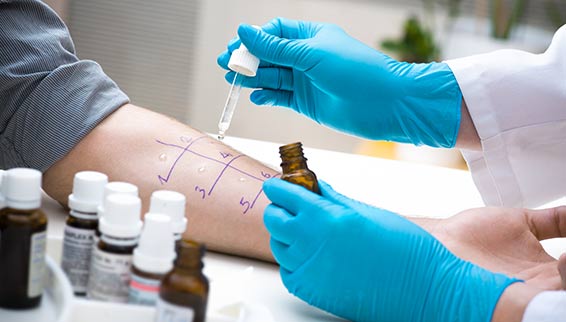
Health Chemicals causing allergies
More people are suffering from allergies than ever before. Some man-made chemicals cause them, but so can naturally occuring allergens like pollen, plants and food.
-
-
-
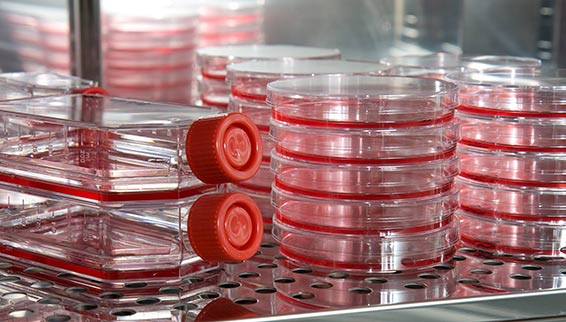
Health Endocrine disruptors and our health
Endocrine disruptors may be causing serious health effects such as infertility, cancer and development disorders for example birth defects. But where are they used and what is being done to protect us?
-

Environment Chemicals in agriculture
Conventional farming makes use of pesticides to protect plants and fertilisers to enhance their growth and fertility. In organic farming, their use is heavily restricted. In both types of farming, the EU is working for safer products for consumers.
-
-
-
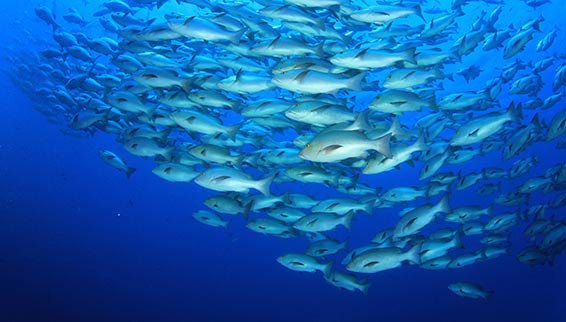
Environment Effects on aquatic life
We limit the emissions but many chemicals used today still end up in our environment and in lakes, rivers and oceans. Most chemicals cause no harm but not surprisingly, chemicals that are harmful to humans may also be harmful to the environment and to the animals that live in aquatic ecosystems.
-
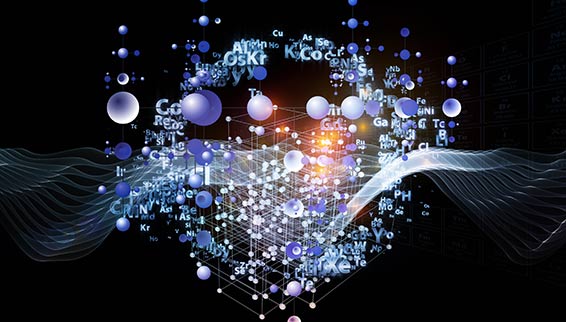
general Nanomaterials and health
Are substances in nanoforms more dangerous than they are in their normal size? Some are and some are not. Just like any other chemical substance, nanomaterials have to be assessed separately.
-
Loading...

Chemicals in our life
-
Chemicals in plastic products
ProductsPlastic makes our lives easier in many ways, but some plastic products contain chemicals that can harm our health – such as bisphenol A or some phthalates.
-
Clothes and textiles
ProductsThere are many ways we come into contact with textiles in our everyday lives – the clothes we wear, the bed linen we sleep in, the towels we dry ourselves with and the furniture we sit on. Chemicals are added to these products for various reasons to improve them, but in some people they can cause troublesome health effects, including allergies.
-
Effects on aquatic life
EnvironmentWe limit the emissions but many chemicals used today still end up in our environment and in lakes, rivers and oceans. Most chemicals cause no harm but not surprisingly, chemicals that are harmful to humans may also be harmful to the environment and to the animals that live in aquatic ecosystems.
-
Chemicals and climate change
EnvironmentOn a global scale, we are using more energy than ever before, and this is having serious effects on the Earth’s climate. But, while the release of some chemicals into the environment can accelerate climate change, chemicals are also part of the solution.
-
Glyphosate
TrendingGlyphosate is one of the most widely used active substances in pesticides to prevent unwanted plant growth around planted crops or to kill plants or parts of plants. These substances are often called ‘herbicides' or ‘weedkillers'.
-
Safety precautions and exposure
generalSafety data sheets and exposure scenarios help you to handle chemicals safely and protect yourself. Suppliers of hazardous chemicals used in the workplace need to provide this safety information and you can get it from your employer.
-
Chemicals causing allergies
HealthMore people are suffering from allergies than ever before. Some man-made chemicals cause them, but so can naturally occuring allergens like pollen, plants and food.
-
Know your electronics and their chemicals
ProductsDevices in your home, like phones, computers, tablets, TV sets, game consoles and smart kitchen appliances, are made of hundreds of components and thousands of chemicals.
-
Nanomaterials in our life
generalNanomaterials are used in many everyday products. Navigate the flat and find out where and why.
SCROLL DOWN
SCROLL UP

On Social Media
Powered by Juicer